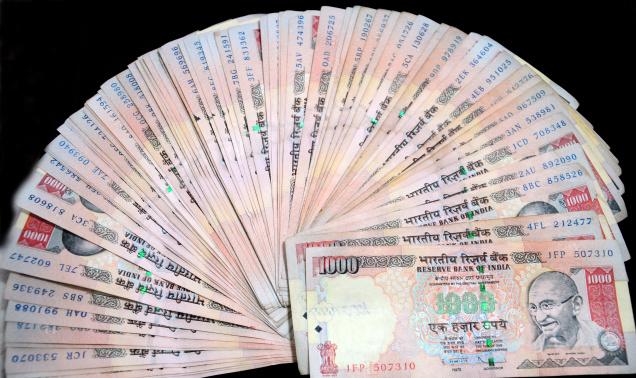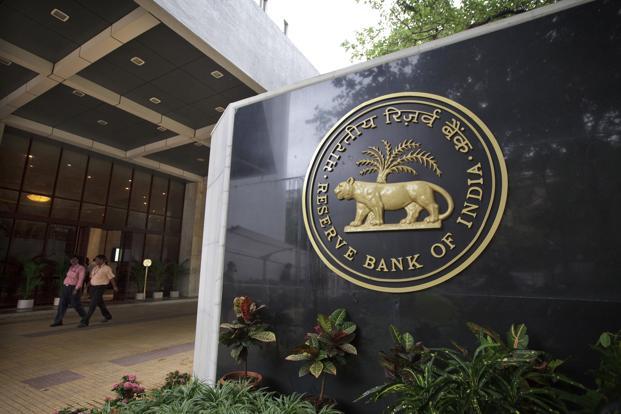RS 2000 Notes: India is now ready to add more value to its currencies soon. The Reserve Bank of India (RBI) is going to issue RS 2,000 currency notes, the highest to come into circulation. Another side, some experts believes that high-value denomination should be discontinued to curb black money.
RS 2,000 Notes Printing process is completed
According to reports, the printing of these notes has been completed at the Mysuru currency printing facility. The notes are being dispatched, The daily added that neither the Indian government nor the central bank confirmed the development.
The currency notes and coins are printed and minted in the eight units of Security Printing and Minting Corporation of India Limited, a finance ministry company. SMPCIL’s two currency printings units in Dewas in Madhya Pradesh and Nashik in Maharashtra print about 40 percent of India’s currency notes and the other units at Mumbai, Hyderabad, Kolkata and Noida units of SMPCIL mints the coins.

RBI advise to GOI to print Rs 2000 Notes
The currency is printed after the advising RBI to Government to print/minted currency notes and coins, which also estimates the value-wise currency needs and coordinates with the government on design and security aspects.
The incidence of cash transaction and the huge volume of high-value currencies are unique to India, despite recent efforts to move towards cashless transactions. As per the RBI Statistics, the two higher value currencies of the country of RS 500 and RS100 accounted for about 86 percent of the new currency notes added in 2014-2015,

Let’s have a look at on interesting facts on currency notes in India
- The Reserve bank of India was printed of Rs 10000 note in 1983 and again in 1954 and it was the ever history of RBI. These notes were demonetized in 1946 and again in1978.
- The currency paper is made of the composition of cotton and cotton rag.
- The Government of India decides the quantity of coins be minted on the basis of indents received for the RBI.
- The Reserve Bank estimates the demand for banknotes on the basis of the growth rate of the country, replacement of demand and reserve stock requirements by using statistical techniques.
- Nashik, Dewas, Mysore, and Salboni are four units where notes come to print and coins are minted at Mumbai, Noida, Kolkata, and Hyderabad.
- The RBI currently is managing the currency operations through its 19 issues offices situated at at Ahmedabad, Bangalore, Belapur, Bhopal, Bhubaneswar, Chandigarh, Chennai, Guwahati, Hyderabad, Jaipur, Jammu, Kanpur, Kolkata, Lucknow, Mumbai, Nagpur, New Delhi, Patna, Thiruvananthapuram, a currency chest at Kochi and a wide network of currency chests.
- These offices get fresh banknotes from banknote printing presses. The issues offices RBI send fresh banknote discharges to the designated branches of commercial banks.
- The quantity of 1 paise, 2 paise, 3 paise, 5 paise, 10 paise, 20 paise and 25 paise have been withdrawn from circulation with effect from June 30,2011

